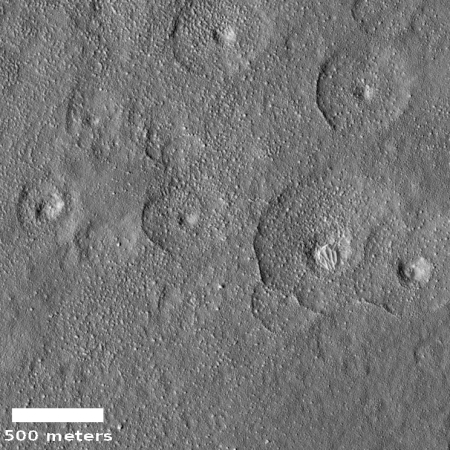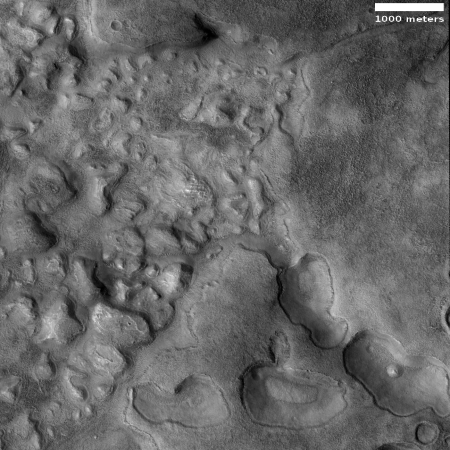8 million restaurant workers unemployed due to government-imposed shutdowns
The beatings will continue until morale improves: Eight million restaurant workers out of work due to due to Wuhan panic and government-imposed shut downs.
In addition, the restaurant industry is predicting $240 billion (with a “b”) in losses by the end of the year. Moreover,
…roughly 3% of the restaurants in the US — or 30,000 restaurants — have already shuttered. In the early April survey, an additional 5% of operators said they anticipated closing in the next 30 days, meaning that more than 50,000 restaurants could shut down permanently.
In early April, UBS said that up to one in five restaurants in the US could close due to the coronavirus pandemic. Experts say that independent restaurants are particularly at risk, with many small businesses struggling to access PPP loans.
In my own neighborhood, I have already seen one restaurant go out of business, and another apparently destroyed just as it was about to open. Through the winter a new Indian restaurant was being built nearby, with signs saying it would soon open. Unfortunately the house arrest imposed by our fearless leader Governor Doug Ducey prevented them from opening as planned. Though the restaurant had signs up offering take-out this week, when Diane tried to pick up a menu so we could give them some business. the place was shut. I suspect they are out of business, a dream destroyed before it could even be born.
But hey, we can’t risk having anyone die from COVID-19, no matter how many other lives we destroy.
Are you enraged yet?
The beatings will continue until morale improves: Eight million restaurant workers out of work due to due to Wuhan panic and government-imposed shut downs.
In addition, the restaurant industry is predicting $240 billion (with a “b”) in losses by the end of the year. Moreover,
…roughly 3% of the restaurants in the US — or 30,000 restaurants — have already shuttered. In the early April survey, an additional 5% of operators said they anticipated closing in the next 30 days, meaning that more than 50,000 restaurants could shut down permanently.
In early April, UBS said that up to one in five restaurants in the US could close due to the coronavirus pandemic. Experts say that independent restaurants are particularly at risk, with many small businesses struggling to access PPP loans.
In my own neighborhood, I have already seen one restaurant go out of business, and another apparently destroyed just as it was about to open. Through the winter a new Indian restaurant was being built nearby, with signs saying it would soon open. Unfortunately the house arrest imposed by our fearless leader Governor Doug Ducey prevented them from opening as planned. Though the restaurant had signs up offering take-out this week, when Diane tried to pick up a menu so we could give them some business. the place was shut. I suspect they are out of business, a dream destroyed before it could even be born.
But hey, we can’t risk having anyone die from COVID-19, no matter how many other lives we destroy.
Are you enraged yet?





